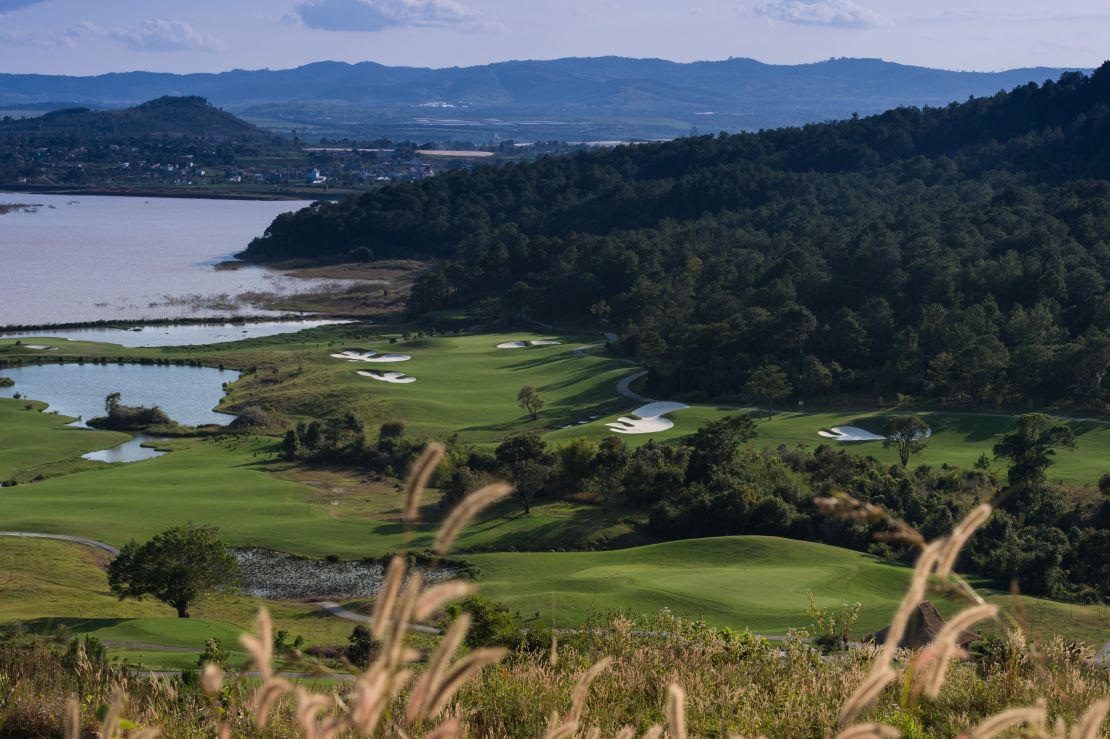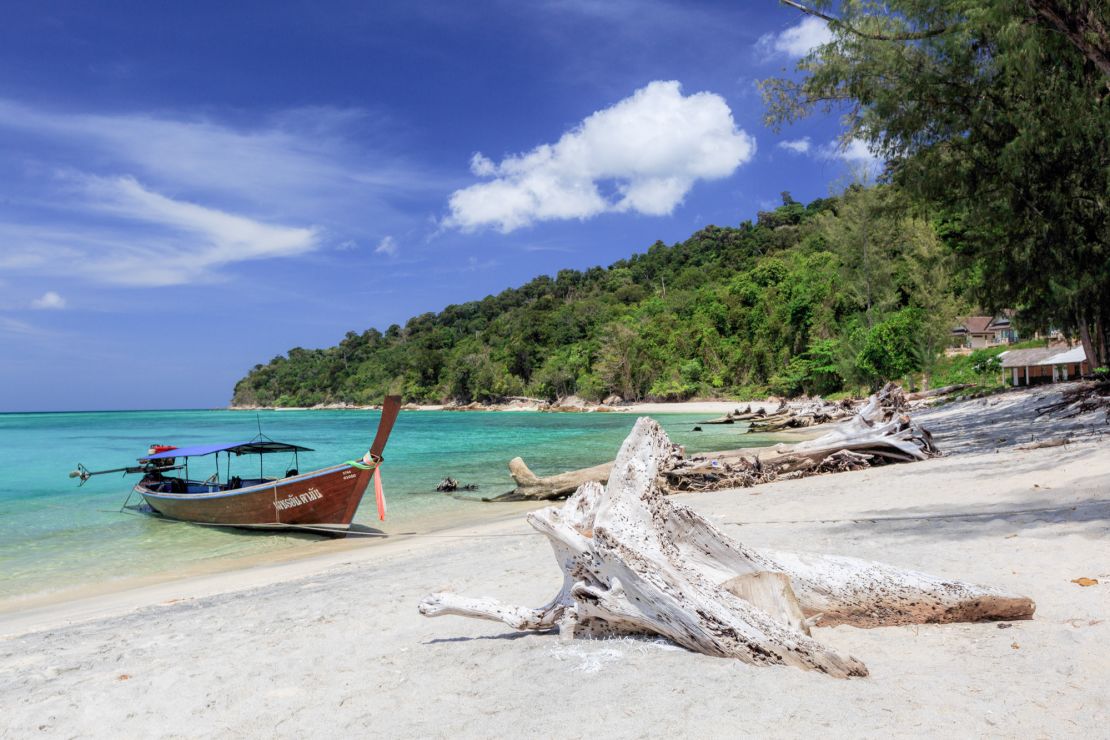When it comes to amazing tourist attractions, Asia’s got a ton. But for every Angkor Wat or Great Wall of China, hundreds of incredible sites have slipped under the radar for travelers.
Some are remote and obscure, others hidden in plain sight in some of Asia’s biggest cities. Here are nine unheralded spots worth visiting:
1. Pulau Ubin (Singapore)
In the straits of Johor off the north eastern coast of Singapore, just a 10-minute bumboat ride from Changi Point Ferry, lies the island of Pulau Ubin.
Often name checked as the last “kampung” in Singapore (the Malay word for a traditional village) it’s a hit among Singaporeans seeking a slower pace of life and a break from the urban jungle.
The 10-square-kilometer island has a unique ecosystem, marine wildlife, threatened bird species and coral reefs at the Chek Jawa Wetlands.
Mountain bikes are the favored mode of transport and a great way to discover the trails and paths. Excellent homemade local cuisine is another big draw.
Traveling to Singapore? Insiders share tips
2. Taipa Village (Macau)
It’s easy to forget Macau was once a destination where history, culture and tradition drew more international visitors than gambling and entertainment.
While the casino boom has changed the face of the former Portuguese enclave forever, efforts have been made to preserve aspects of the area’s unique heritage.
Taipa Village is a former fishing village.
With its restored colonial facades and quaint alleyways, it’s home to museums, churches, temples and impressive villas.
On Rua do Cunha (Food Street) visitors can choose from dozens of options.
3. Dalat (Vietnam)

Picturesque Halong Bay and Hoi An are two of the destinations that have boomed in recent years as visitors to Vietnam swell.
But Dalat in the country’s South Central Highlands is only recently starting to gain attention.
Known as “the city of eternal spring,” it was formerly a favorite destination of French colonial rulers keen to reach the cooler mountain climes, away from the humid coasts.
Outside the city, rolling pine-covered hills can make anyone forget they’re in Southeast Asia, while swish private golf clubs such as The Dalat at 1200 have taken advantage of the comfortable climate.
Vietnam street food: 10 essential dishes
4. Ko Adang (Thailand)

Thailand’s islands need no introduction to global hedonists looking for relaxation and perfect sunsets.
But few have kept themselves as quiet as Ko Adang in the Tarutao National Marine Park.
Its 30 square kilometers, near the Malaysia border, have turquoise water and white sand, and with the bonus of much fewer visitors.
Accommodation is pretty basic and limited to beach-side bungalows and tents, but with rainforest and mountains to explore, as well as the Pirate Waterfalls, island living doesn’t get much more laid back.
5. Sharp Island (Hong Kong)
First-time visitors to Hong Kong are always surprised to discover the city’s multitude of outdoor options, from hundreds of miles of hiking trails to remote islands.
Sharp Island, otherwise known as Kiu Tsui Chau, is a short boat ride from the popular tourist destination and fishing port of Sai Kung.
During the week, few travelers make it over, meaning that visitors often get the island’s three beaches to themselves.
Some of the cleanest and clearest water in all of Hong Kong makes it an ideal snorkeling destination, while the nearby island of Kiu Tau can also be reached at low tide across a natural spit of land.
Hong Kong’s most scenic drives
6. Yakushima (Japan)
A subtropical climate, a UNESCO biosphere reserve, hot springs, loggerhead turtles and dolphins are just some of the draws to this island some 40 miles off the southwest tip of Japan in Kagoshima Prefecture.
Rich flora include ancient Japanese cedar – some of which are over 1,000 years old – part of a primeval forest that has all but disappeared elsewhere across the region.
Accommodation runs from quaint cottages and pensions up to high-end spas, hotels, and ryokans – traditional Japanese inns with impeccable service.
7. Majuli (India)
Northeastern India’s remote state of Assam doesn’t appear on many tourist itineraries, but the country’s largest river island, Majuli, is one of the draws for intrepid travelers who do visit.
It’s the cultural capital of the Assamese and dotted with Hindu monasteries. Its 450 square kilometers of wilderness is also a draw – particularly for bird watchers.
The surrounding mighty Brahmaputra river erodes this island every year at an alarming rate, however, and some experts claim Majuli will disappear completely within two decades.
30 photos of India’s most beautiful places
8. Plain of Jars (Laos)
One of the most esoteric sites in Asia can be found in central Laos, where thousands of huge stone jars, some more than 2,000 years old, dot the landscape in more than 90 separate sites.
The most widely held belief regarding their origin is that they were used in prehistoric burial practices to cremate bodies.
Another more pragmatic suggestion is that they were used to collect and store monsoon rainwater for travelers and traders across caravan routes.
Meanwhile, more romantic local folklore suggest they held whiskey for a giant living in the Phonsavan Mountains.
Regardless, they’re an extraordinary addition to the landscape in a country often overlooked by travelers.
On the Bolaven Plateau, savor a Lao coffee paradise
9. Koh Rong (Cambodia)

Given that the second-largest island in Cambodia was the setting for a recent season of “Survivor,” it’s no surprise that, with a lack of roads, cars and very limited electricity, accommodation offerings are basic.
What Koh Rong lacks in amenities it makes up for in natural beauty and tranquility.
Aside from the sedate pleasures of a hammock, sunset and a cold local beer, travelers head here for diving, snorkeling, jungle trekking and climbing.
Chris Dwyer is a Hong Kong-based communications consultant and food writer. His restaurant reviews, chef interviews and more can be found at finefooddude.com.













